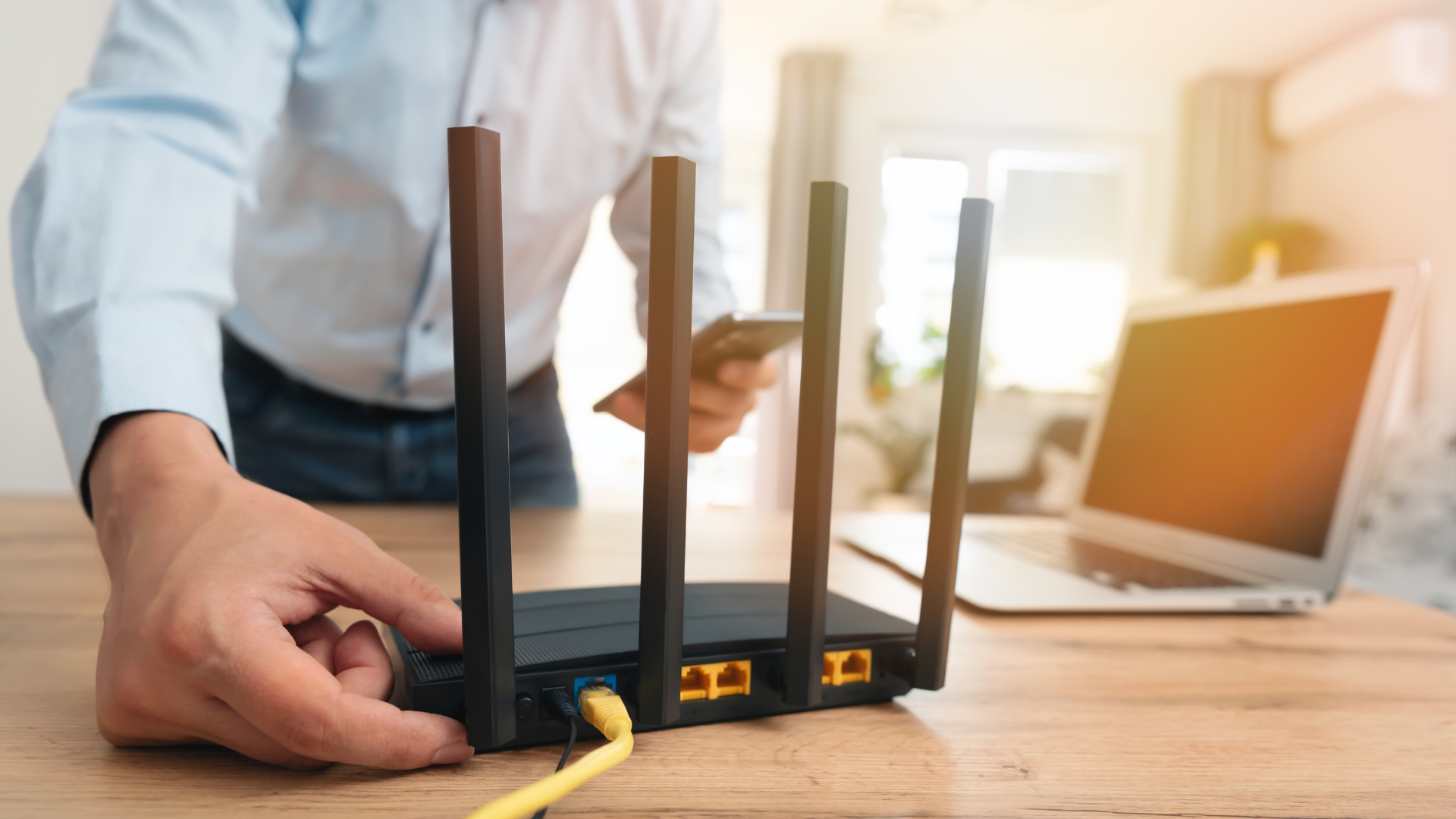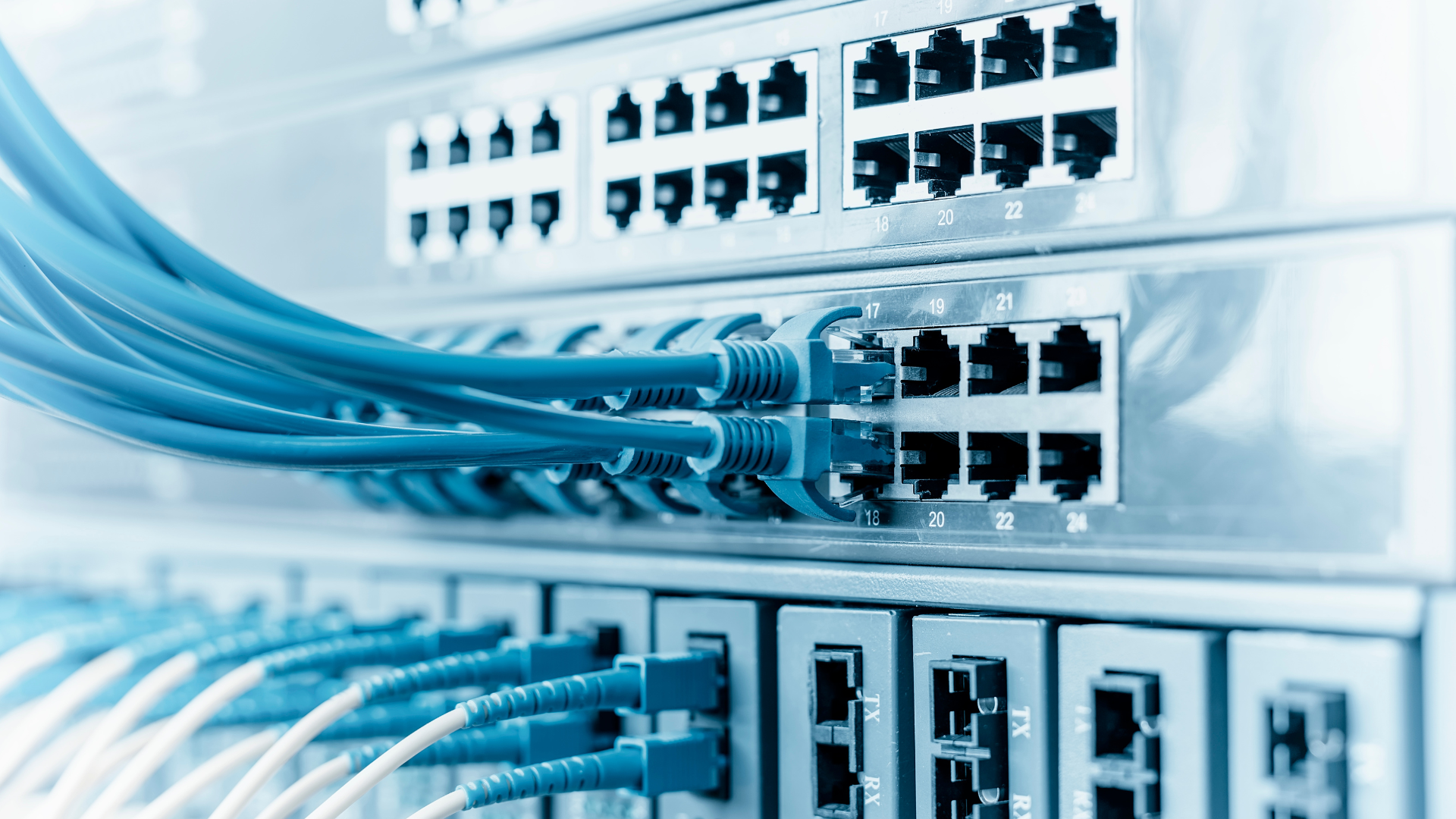High-Speed Internet: A Game Changer for Connectivity
In today’s fast-paced digital world, a reliable internet connection is essential for nearly every aspect of life. Whether you're working remotely, streaming movies, gaming, or managing a business, the speed and reliability of your internet connection can make a world of difference. Among the many types of internet connections, high-speed internet is one of the most commonly used options. But what exactly is high-speed internet, and how does it compare to other types of connections?
At MWA Marketing, we understand how crucial internet speed is for both personal and professional tasks. In this blog, we’ll explore everything you need to know about high-speed internet, its benefits, and why it might be the right choice for you.

What is High-Speed Internet?
High-speed internet refers to any internet connection that provides faster speeds compared to traditional dial-up internet. The Federal Communications Commission (FCC) defines high-speed internet as an internet connection with speeds of at least 25 Mbps (megabits per second). High-speed internet encompasses several types of connections, including DSL (Digital Subscriber Line), cable, satellite, and fiber optic internet.
While high-speed internet may not always deliver the ultra-fast speeds of fiber optic connections, it still offers a significant improvement over older technologies like dial-up or slower broadband options. High-speed internet is often sufficient for most online activities, including web browsing, video streaming, and even online gaming.
Types of High-Speed Internet
Several types of high-speed internet are available today, each with its own advantages and limitations. Here’s a breakdown of the most common options:
1. DSL (Digital Subscriber Line)
DSL is one of the most widely available forms of high-speed internet, especially in rural and suburban areas. It works over existing telephone lines, providing faster speeds than traditional dial-up connections.
Speeds typically range from 5 Mbps to 100 Mbps, depending on the distance from the service provider's infrastructure. DSL is an affordable and reliable option for users who need basic internet access, such as for browsing the web, checking emails, and streaming standard-definition video.
2. Cable Internet
Cable internet is delivered via the same coaxial cables used for cable television. It’s faster than DSL and is widely available in urban and suburban areas. Cable internet can provide speeds ranging from 25 Mbps to 1 Gbps, making it a popular choice for families and businesses with multiple devices.
One of the key advantages of cable internet is that it supports higher speeds compared to DSL, making it suitable for activities such as HD streaming, video conferencing, and online gaming.
3. Satellite Internet
Satellite internet is a form of high-speed internet that uses satellites to transmit data to and from a satellite dish on your property. While satellite internet can provide decent speeds, ranging from 12 Mbps to 100 Mbps, it tends to have higher latency (the delay in data transmission) compared to other types of high-speed internet.
Due to its reliance on satellites, satellite internet can be affected by weather conditions, which may cause interruptions in service. However, it’s an excellent choice for users in remote or rural areas where cable and DSL options are not available.
4. Fixed Wireless Internet
Fixed wireless internet uses radio signals to transmit internet data to a receiver on your property. This option is often available in rural areas where traditional wired connections are not feasible. Fixed wireless internet speeds range from 25 Mbps to 100 Mbps, making it a solid option for users who need reliable connectivity without fiber optics.
5. Fiber Optic Internet (High-Speed Variant)
While fiber optic internet offers the highest speeds available, some fiber optic plans are marketed as high-speed internet due to their focus on speed and performance rather than ultra-fast speeds. Fiber optic internet typically offers speeds ranging from 100 Mbps to 1 Gbps or more, making it an excellent option for businesses and homes with heavy internet usage.
The Benefits of High-Speed Internet
1. Improved Productivity
One of the primary benefits of high-speed internet is the improvement in productivity. Faster speeds mean you can complete tasks more efficiently, whether you're working from home, collaborating with team members, or managing business operations. Whether you're uploading large files, engaging in video calls, or managing cloud-based applications, high-speed internet ensures you can do it all without delays or interruptions.
2. Seamless Streaming and Gaming
High-speed internet provides smooth and uninterrupted streaming, even in high-definition (HD) and 4K resolutions. If you enjoy Netflix, Hulu, or any other video streaming platform, high-speed internet ensures you won’t experience buffering or lag during your favorite shows.
For gamers, high-speed internet provides a responsive connection with minimal lag, which is crucial for real-time multiplayer gaming. The faster your internet connection, the quicker your actions are reflected on screen, providing a competitive edge in online gaming.
3. Better User Experience
With high-speed internet, you can enjoy a seamless online experience. Whether it’s browsing the web, video chatting, or downloading files, high-speed internet ensures you get faster page loads, clearer video calls, and quicker file transfers. It also allows multiple users in a household or office to enjoy the internet at the same time without a drop in performance.
4. Affordable and Widely Available
High-speed internet options, such as DSL and cable, are generally more affordable than fiber optic internet. While fiber optics may offer faster speeds, it is not always available in every area, and it tends to be more expensive. On the other hand, DSL and cable internet are widely available and provide a reliable internet connection at a more reasonable price point.
5. Increased Connectivity for Multiple Devices
Today’s homes and businesses often have multiple devices connected to the internet at once. From smartphones to laptops to smart home devices, the need for high-speed internet is greater than ever. High-speed internet can handle multiple devices simultaneously without a noticeable decline in performance, making it ideal for families, remote workers, and office environments.
Is High-Speed Internet Right for You?
High-speed internet is a great option for those who need reliable, affordable internet for everyday activities. It’s perfect for people who:
- Stream videos in HD or 4K
- Play online games with minimal lag
- Work remotely and need to download/upload large files
- Need a reliable connection for video conferencing and collaboration tools
- Have multiple devices connected to the internet at once
However, if you’re looking for ultra-fast speeds for business operations or heavy data usage, you might consider fiber optic internet. But for most users, high-speed internet offers an excellent balance of performance and affordability.
Conclusion: Why Choose High-Speed Internet?
In conclusion, high-speed internet offers fast, reliable, and cost-effective connectivity that is suitable for everyday activities such as streaming, gaming, and remote work. With a variety of options to choose from, including DSL, cable, and satellite internet, high-speed internet is widely available in urban and rural areas alike.
At MWA Marketing, we understand the importance of a solid internet connection for personal and business success. If you're looking for more information on how to get the best high-speed internet service in your area, or if you need help promoting your business online, don’t hesitate to reach out to us. We’re here to help you stay connected and grow your digital presence!


